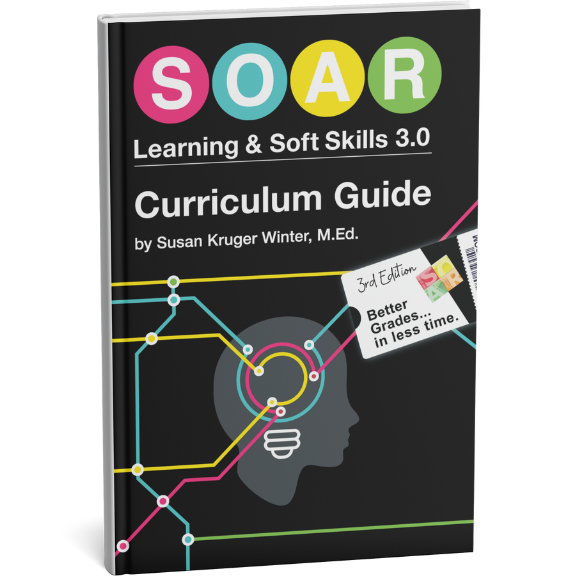Everything I Need to Know About My Phone Company, I Learned From a Multiple-Choice Test. (Kinda.)
I received the following email from a subscriber:
An issue that prevails for many students, including my own daughter, is that testing is conducted through only one format; multiple-choice; end of course/grade, SAT, HSAP, etc are only formatted as multiple-choice assessments. There are a significant number of students who would benefit from various other testing formats including oral, hands-on demonstrations, etc. The current testing format only measures an accurate picture of learned content for those students who are successful with this format. What about the student who would perform better through alternative testing formats? Those students lose self-esteem and are discouraged…
She has a very good point. Standardized and multiple-choice assessments often represent a narrow focus of one’s content mastery. Her comment, as well as a few others from yesterday, are really about fundamental flaws and challenges in our educational system. That, my friends, is a mighty big ship to turn around!
This is a great topic for discussion and deserves attention, but for today, I would like to put this discussion on hold for just a little while and focus on the system we have in front of us. The one we can’t change at the moment. The one we have to live with…for now.
You’ve heard the saying, “Life is 10% what happens to us and 90% how we react to it.” If we apply that philosophy to education, our focus can change a bit. Instead of getting upset or angry with all of the flaws in our system, we can discover points of opportunity.
How about empowering students within the system? In this specific case, we can teach students how to strategically attack those multiple-choice questions.
At a broad level, approaching a multiple-choice test “strategically” is very empowering…it develops critical thinking skills and problem-solving skills…and those are the skills students really need it the “real world.” Armed with these strategies, students can become more successful within the current system.
The “real world” is full of similar bureaucracies that are just as frustrating as multiple-choice tests. If you have ever been in the hospital or tried to trouble-shoot a credit card bill, you know that you are required to work with and around a bureaucratic system.
Every time I call my phone company (I won’t mention any names, but it begins with an “A” and ends with a “T”), I’m guaranteed to spend at least an hour on the phone being transferred to a dozen different departments which, in all likelihood, are in a dozen different countries. It’s maddening, but there is not a darn thing I can do about it. I have to navigate the system.
This perspective on test-taking is a paradigm shift. It requires a little less focus on “content” and more focus on processing. Yes, in a way, this is “teaching to the test,” but it is intended to be teaching strategic thinking for a test, not just contriving content to match a test. Big difference!
-Susan Kruger
EB 090817
Six Steps
Conquer the Chaos
Get Our Free Guide & Information on...

"*" indicates required fields
Get Our FREE Curriculum Guide!
The SOAR® Curriculum
The most critical learning, organizing, and communication skills needed for school. Learn more here.
Who’s Using SOAR®?
SOAR® Guarantee
Click here to learn more.




